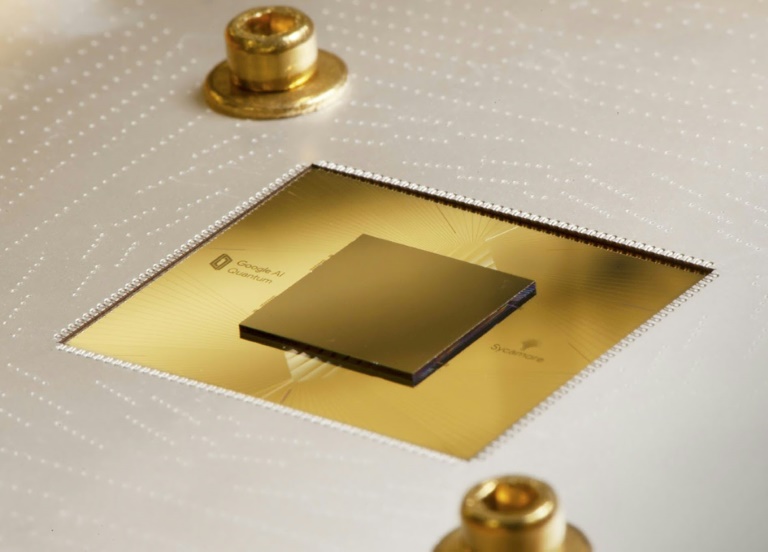A research team has achieved a major breakthrough in the field of two-dimensional (2D) semiconductors, paving the way for next-generation technology. 2D semiconductors are highly flexible and have exceptional light characteristics, making them ideal for advanced flexible devices, nano photonics, and solar cells.
The team focused on harnessing the optical properties of 2D semiconductors to develop light-emitting devices and optical applications. They developed a probe-enhanced resonant spectroscopy system based on gold nanowires to analyze real-time luminous properties and succeeded in identifying the principle of generating trions, a significant discovery.
Through their research, the team discovered that the multipolar mode of electric charge plays a significant role in inducing the conversion of excitons to trions in 2D semiconductors. Their probe-enhanced resonance spectroscopy system allowed them to achieve real-time analysis of nano-light properties with exceptional spatial resolution, enabling the development of reversible active control over the exciton–trion conversion.
2024-02-01 10:00:04
Link from phys.org




















